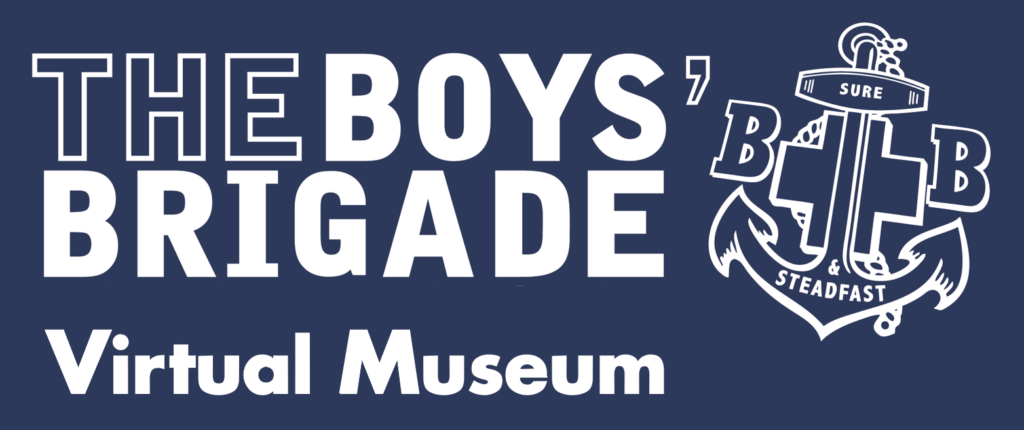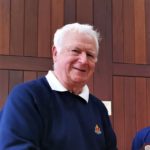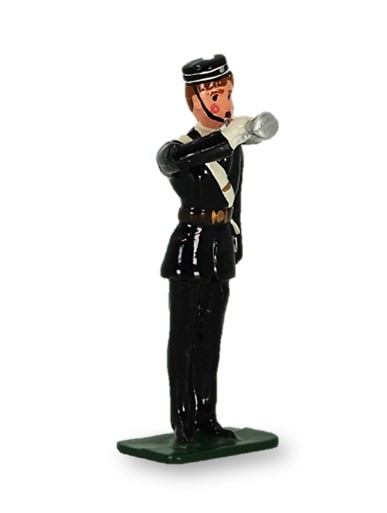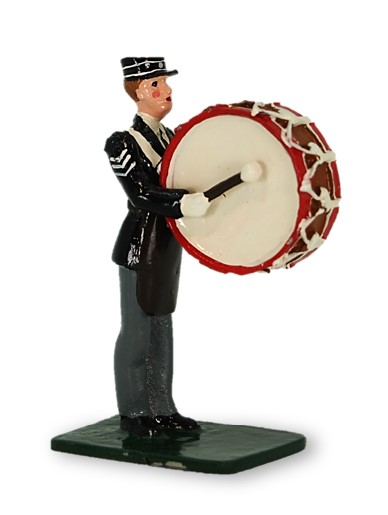Wolverhampton Battalion
Wolverhampton Battalion
In 1893, a young Curate the Rev. A. L. Bickerstaff MA, came from Nottingham to St. Mark’s Church, Chapel Ash and formed the 1st Wolverhampton Company. This remarkable man ran the Company as Captain for eight years, whilst carrying out his normal clerical duties. He had a hand in the formation of many of the founding Companies of the Battalion. The first Battalion President, was a member of St. Mark’s Church, a Walsall man, Maj. Theodore Addenbrooke would become the most prominent officer in the Battalion. Not just because of his position, but because of his long-standing reputation in the community and his founding of the 6th Company at St. Bartholomew’s Penn in 1913. Maj. Addenbrooke was Company Secretary for William Butler’s Brewery.
At the time of the first Inspection of Wolverhampton companies in the Drill Hall on 13th May 1895, three companies were present. The 1st Coy (St Mark’s), 2nd Coy (St Matthew’s Mission Church), and the 3rd (Queen Street Congregational Chapel). Totalling 9 Officers and 113 Boys.
In January 1904, the 1st, 2nd, and 3rd Wolverhampton Companies along with the newly formed 4th, and the three Bilston Companies, joined with the Darlaston, Bradley and Tipton Companies to form the Wolverhampton Battalion. To embrace the area within a radius of five miles from the centre of Wolverhampton, Darlaston, Bradley and Tipton changed their designation to become 5th, 6th, and 7th Wolverhampton with the three Bilston Coys becoming the 8th, 9th, and 10th Wolverhampton. Rev. Bickerstaff was Captain of the 10th Coy (St Mary’s, Bilston) at the time of the formation of the Battalion.
On the 8th April 1913 the Battalion welcomed Sir William Smith to its demonstration at the Agricultural Hall. Mr Loftus B. Moreton JP DL (Batt. Hon. President) occupied the chair. Mr Alfred H Angus, the Birmingham Battalion President, was present and paid a high compliment to the Boys of the Battalion for their steadiness. In that year Alfred Angus stood down as Birmingham President on his appointment as Principal of Tettenhall College in Wolverhampton and became Vice-President of the Wolverhampton Battalion.
Upon the formation of the West Midland District Council in 1919, Alfred Angus was appointed District Vice-President. The following year 1920/21 he became the second District President (by annual appointment). Alfred was one of the people instrumental in convening talks between the BB and BLB, which led to eventual unification in 1926.
On the outbreak of World War 1, Major Addenbrooke (despite his age of 47), signed up and served with distinction in the Territorial Battalion of the South Staffordshire Regiment. He was mentioned in dispatches by Sir Douglas Haig. The Major was instrumental in sponsoring and setting up an Old Boys Club, for ex-members in St Mark’s Church halls in Darlington St. The ex-members of the BB in Wolverhampton were very active in the inter-war and post-war years with a large membership, their own lapel badge and various teams which competed in football and table tennis leagues in the town.
The Battalion has a long history of holding a Battalion Camp. From about 1907 until 1939, this was held at Patshull Park near Albrighton. After WW2, in the late 1940s and 1950s, camps were held in Abergele. In 1960, Skegness was chosen as a campsite and Dawlish in 1961.
